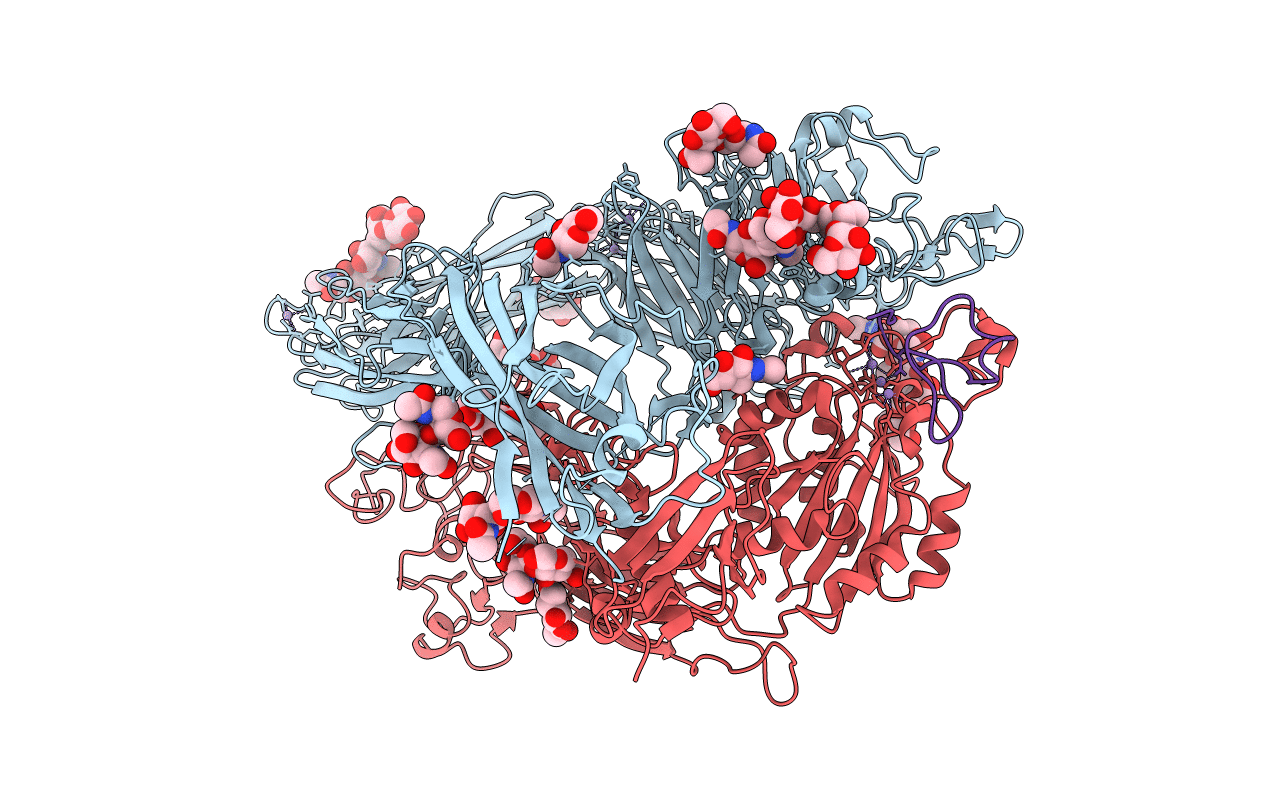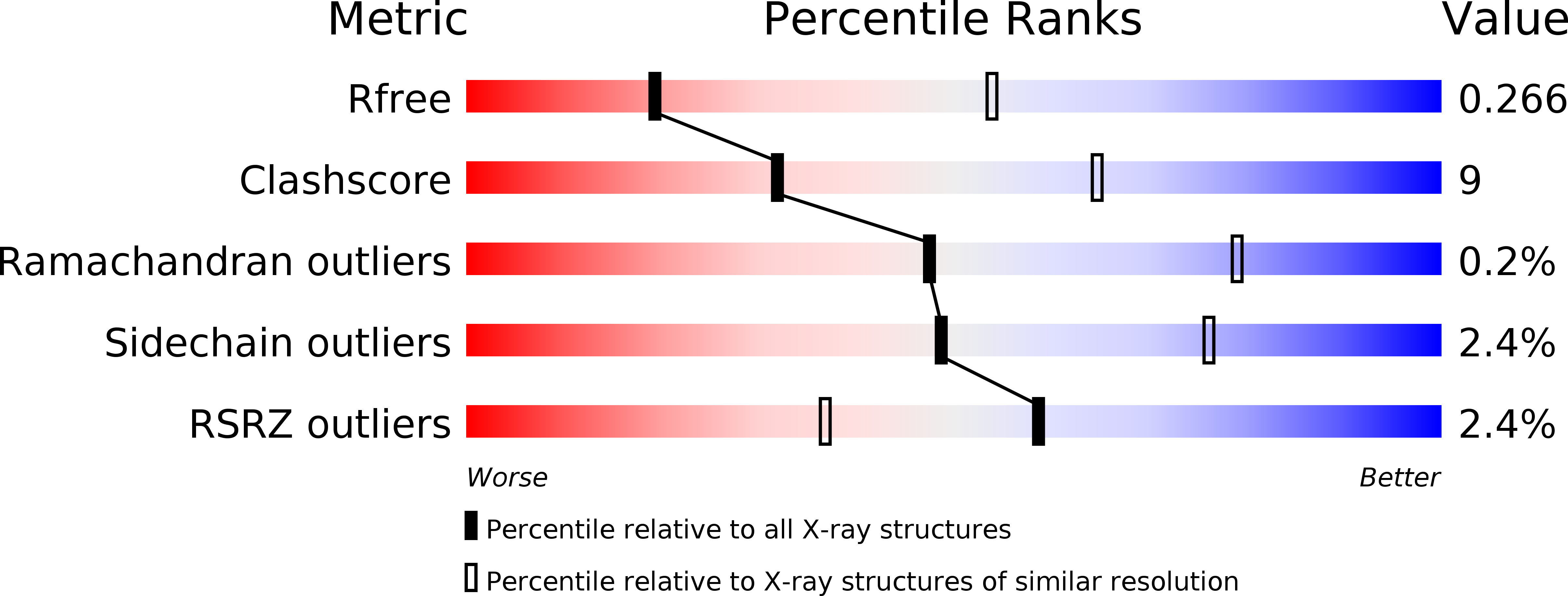
Deposition Date
2018-10-16
Release Date
2019-10-23
Last Version Date
2024-11-06
Entry Detail
Biological Source:
Source Organism:
Homo sapiens (Taxon ID: 9606)
Ecballium elaterium (Taxon ID: 3679)
Ecballium elaterium (Taxon ID: 3679)
Host Organism:
Method Details:
Experimental Method:
Resolution:
3.10 Å
R-Value Free:
0.26
R-Value Work:
0.22
R-Value Observed:
0.22
Space Group:
P 32 2 1


